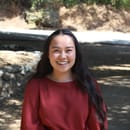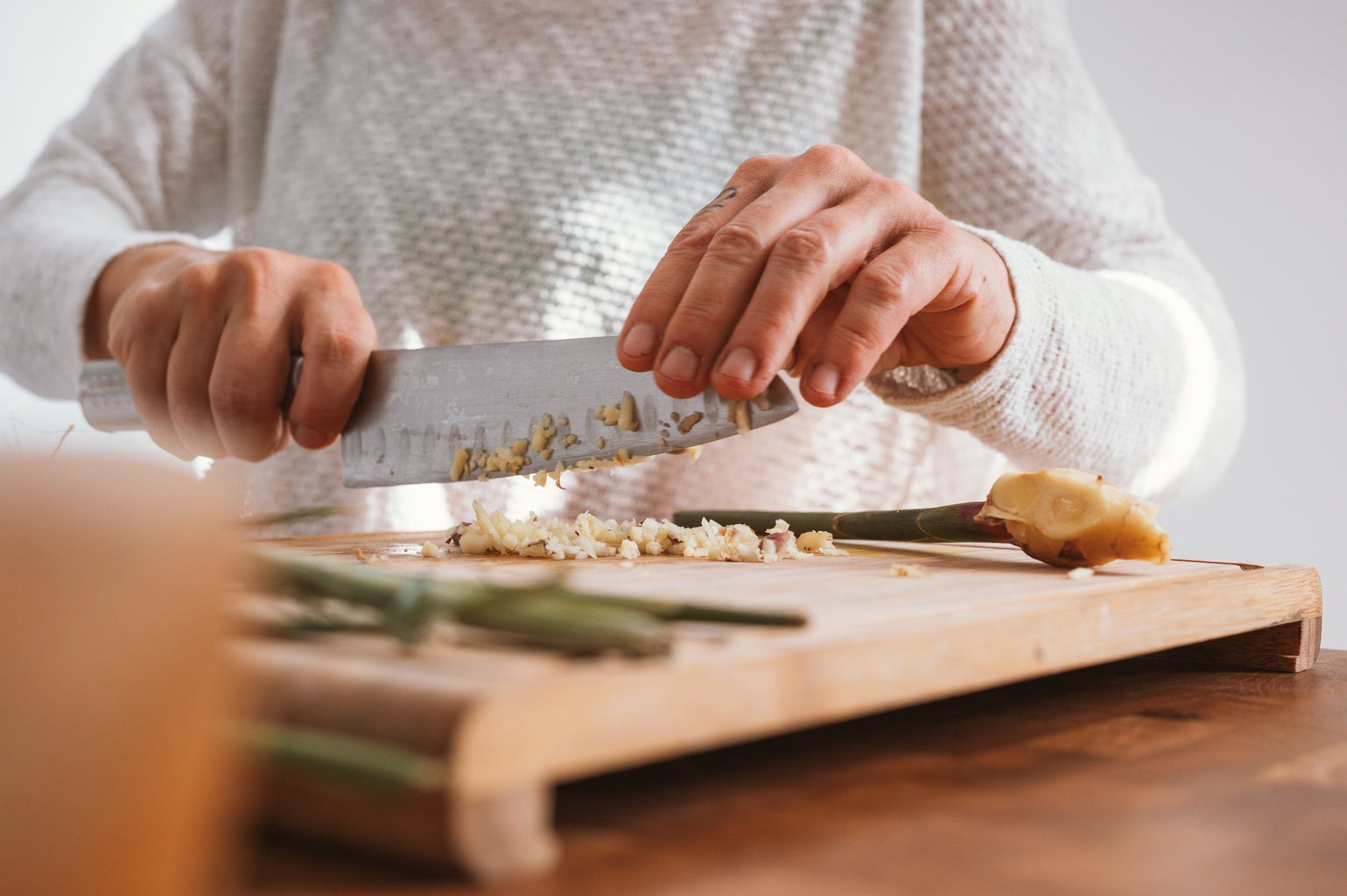Being mixed race, I’ve often felt split. Split between the two sides of my family: my mother’s Filipino side and my father’s white side. Looking back at my childhood, I now realize how much of my Filipino heritage I refused to learn when I was growing up. I never learned how to speak Tagalog, make Filipino food, or visit my family back home as much as I should have. Instead, I grew up only speaking English, constantly having American meals and lunches, and spending all of my time in my small Southern California hometown.
Now, in college, I have so many regrets about not embracing the Filipina side of me and my family. As a child, I would complain to my mom about making rice or pancit for my lunch and instead request a simple ham sandwich or peanut butter and jelly. Every time I heard my mom speaking Ilocano, her Filipino dialect, I would block it out. Now, I get frustrated trying to make simple Filipino meals for my partner and I, desperately wishing that I had learned from my mom earlier. I struggle trying to learn basic words and phrases in Ilocano so I can communicate with my family members. These small things I ignored or complained about when I was younger are the exact things that are immensely important to me right now as a mature adult.
I can’t exactly pinpoint the exact moment that I learned how to finally embrace being Filipino and began to learn more about my culture. To me, it was more so a long process of growing up and coming to terms with myself and where my family came from; the struggles they’ve gone through, the wars they’ve fought in, the hard life they had back home. If anything, the Asian American Studies classes I’ve begun taking at Davis have helped me learn to love and appreciate where I come from.
In my very first ASA class at Davis, ASA 004, we were tasked with writing our final essay about any photo we wanted to choose. Instead of finding a photo from the internet or a magazine, I chose a photo of my mom from her high school back in her hometown, Tarlac, Philippines. In the photo, she is performing a traditional Filipinx folk dance with her high school best friend. The photo was taken facing the children of the Tarlac community who were watching my mom and her best friend perform at this dance competition. While this may seem like any old family photo and any other final assignment, it allowed me to connect with my mom as I called her to ask more about her photo, which then led to a bigger conversation about her life back home that I never knew about.
This small assignment and class allowed me to find out more about my Filipina side and family than I ever knew before. I have such a great appreciation for this ASA class, and it is one of the very reasons that I began pursuing a minor in Asian American Studies. I want to learn more about my people, my history, and my culture, as it is one of the very reasons I’ve begun to learn how to love being Filipina.




